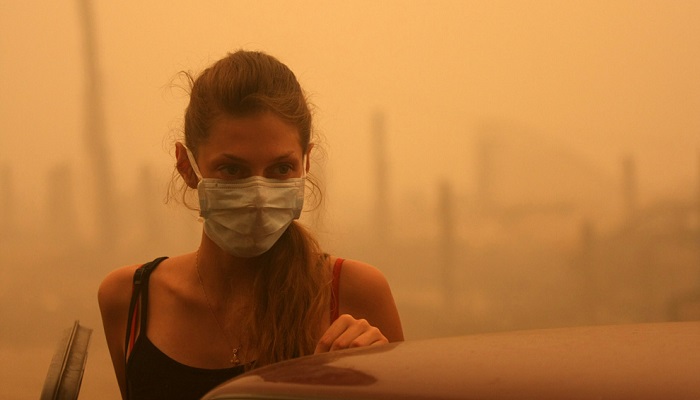In recent years, wildfires have become increasingly common and devastating, posing significant risks to both the environment and human health. While the immediate dangers of wildfires are often visible in the form of raging flames and destruction of property, the smoke they produce can have long-lasting and far-reaching health consequences. In fact, according to a Smokehouse Creek Fire lawyer, victims who have been hospitalized as a result of smoke inhalation may be eligible to file a lawsuit against the entity that caused the wildfire in the first place. In this post, we will explain the health risks associated with inhaling wildfire smoke and explore ways to mitigate these risks.
Understanding Wildfire Smoke
Wildfire smoke is a complex mixture of gases and fine particles that are released into the air when organic materials such as trees, grass, and brush burn. These particles can vary in size, with some being so small that they can penetrate deep into the lungs and even enter the bloodstream. The composition of wildfire smoke can also vary depending on factors such as the type of vegetation burning and the temperature at which it is burning.
Health Risks
Inhaling wildfire smoke can have a range of adverse health effects, particularly for vulnerable individuals such as children, the elderly, and those with pre-existing respiratory or cardiovascular conditions. Some of the key health risks associated with wildfire smoke include:
- Respiratory Issues: The fine particles present in wildfire smoke can irritate the respiratory tract, leading to symptoms such as coughing, wheezing, shortness of breath, and chest tightness. For individuals with conditions such as asthma or chronic obstructive pulmonary disease (COPD), wildfire smoke exposure can exacerbate their symptoms and potentially trigger asthma attacks or acute respiratory distress.
- Cardiovascular Effects: Emerging research suggests that exposure to wildfire smoke may also increase the risk of cardiovascular events such as heart attacks and strokes. Fine particulate matter can enter the bloodstream and cause inflammation, which can in turn contribute to the development of cardiovascular disease.
- Eye and Skin Irritation: Wildfire smoke can irritate the eyes and skin, leading to symptoms such as redness, itching, and irritation. Prolonged exposure to smoke may exacerbate existing eye conditions and increase the risk of developing skin problems.
- Long-term Health Impacts: While the immediate health effects of wildfire smoke exposure are well-documented, there is growing concern about the potential long-term health impacts, particularly for individuals who are exposed to smoke regularly over an extended period. Chronic exposure to wildfire smoke has been linked to an increased risk of respiratory infections, lung cancer, and other respiratory diseases.
Mitigation Strategies
Given the serious health risks associated with inhaling wildfire smoke, it is important to take steps to mitigate exposure, especially during periods of active wildfires. Some strategies to reduce smoke exposure include:
- Stay Indoors: When wildfire smoke is present, it is best to stay indoors with windows and doors closed to prevent smoke from entering your home. Using air purifiers with HEPA filters can also help to remove particles from indoor air.
- Limit Outdoor Activities: Avoid outdoor activities, especially strenuous exercise, during periods of poor air quality due to wildfires. If you must go outside, try to do so when air quality is better, such as early in the morning or late in the evening.
- Monitor Air Quality: Stay informed about air quality conditions in your area by checking local air quality reports and using smartphone apps or websites that provide real-time air quality data. Avoid spending time in areas with high levels of smoke pollution.
- Use Respiratory Protection: If you need to be outdoors for an extended period, consider wearing a mask or respirator rated for particulate matter, such as an N95 mask. It is important to ensure that the mask fits properly and creates a seal around the face to provide adequate protection.
- Seek Medical Advice: If you experience symptoms such as coughing, wheezing, or difficulty breathing during wildfire season, seek medical advice promptly. Your healthcare provider can offer guidance on managing symptoms and reducing exposure to smoke.
Inhaling wildfire smoke poses significant health risks, ranging from respiratory issues to cardiovascular effects and long-term health impacts. It is essential for individuals, particularly those in wildfire-prone areas, to take steps to mitigate exposure to smoke and protect their health. By staying informed, avoiding outdoor activities during poor air quality conditions, and taking appropriate precautions, individuals can reduce the health risks associated with wildfire smoke and stay safe during wildfire season.


















